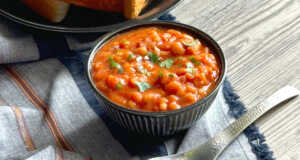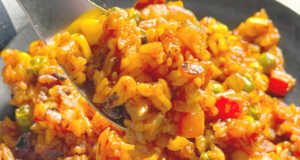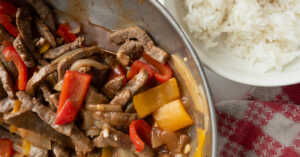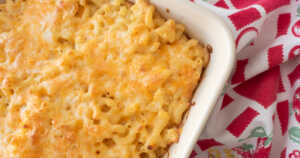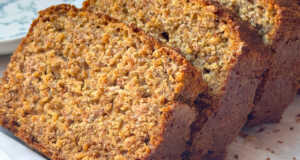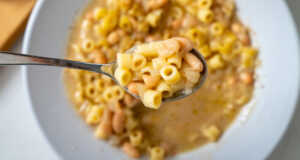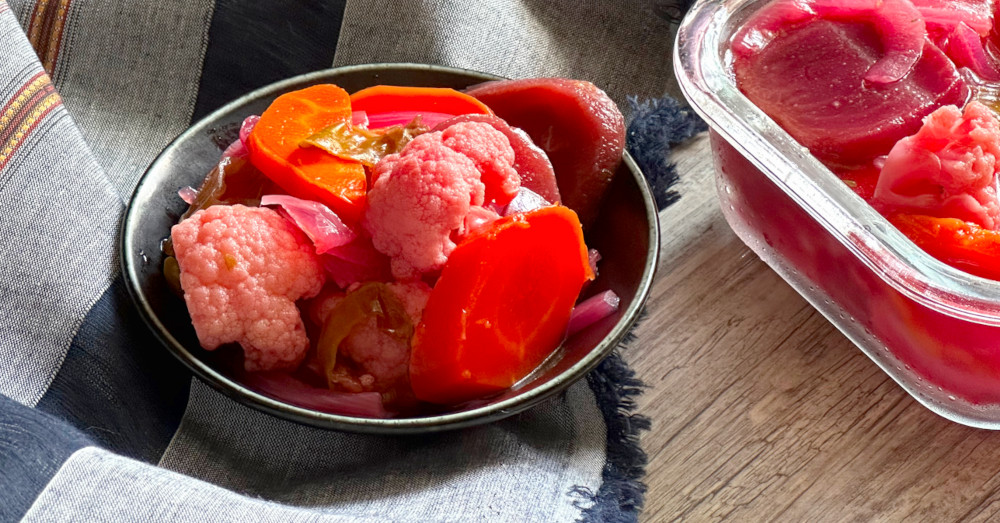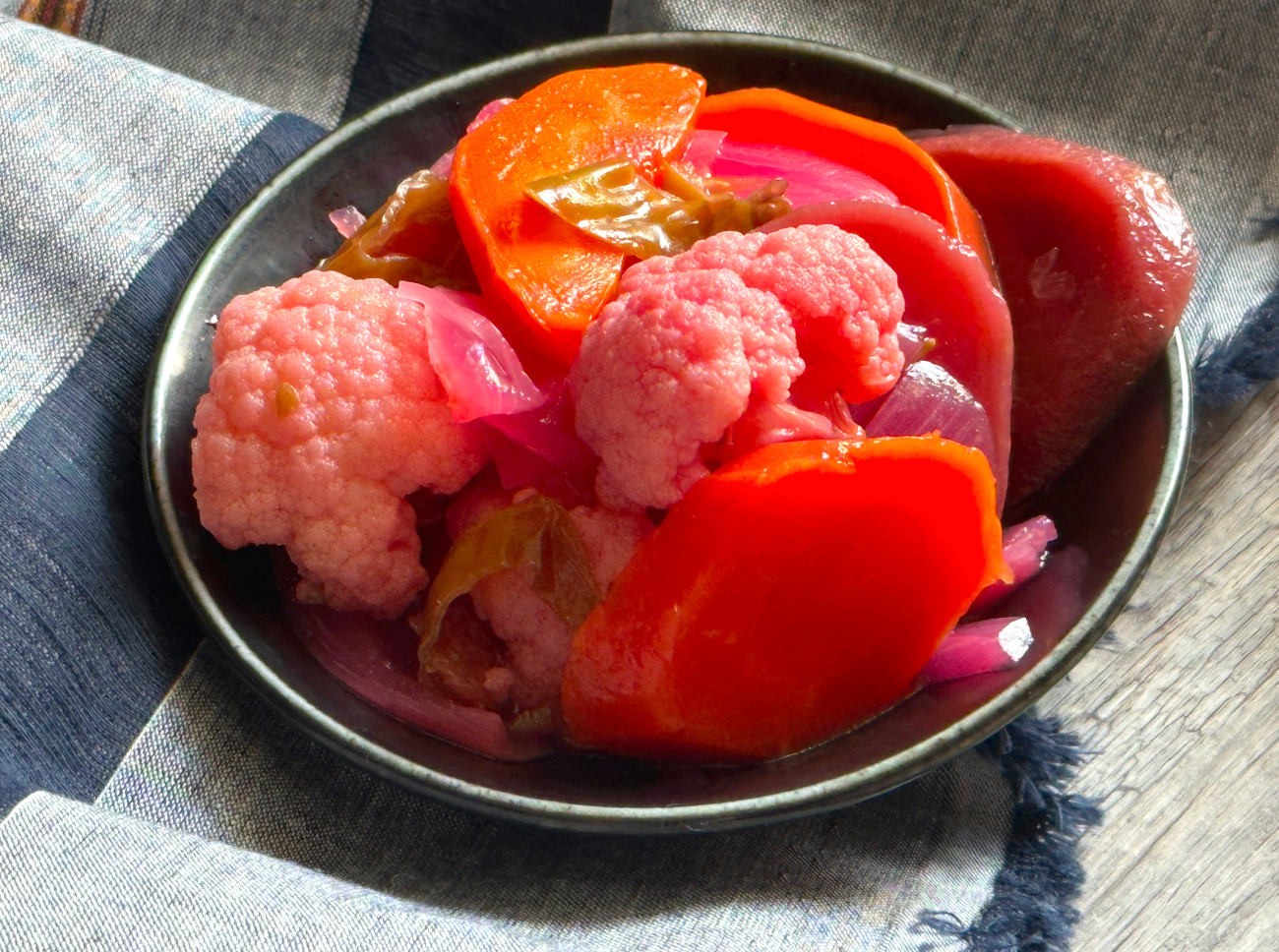
Against turquoise and tangerine-colored walls are Mexican sacred hearts and hand-painted dioramas with a skeleton Dia de los Muertos world living within. When the cross breeze is good, both the front and back windows are opened letting the wind funnel through and play with the papel picados hanging above. If there wasn’t the smell of roasted chilis and long-cooked frijoles you could easily mistake this restaurant as a folk art shop.
Contrasted against the ground pepita-thickened moles and softened slices of grilled bistec, a bright bite of escabeche contrasts the meal, cleans your palate, and lets you dive back in for more. It is this side dish, escabeche, that needs a standing ovation. A colorful array of vegetables paired with a beet-colored vinegar sauce makes eating your pickles different from what you’ve encountered before. With escabeche, pickles go beyond the faded side character of a lunchtime sandwich. This escabeche, which I encountered at this colorful restaurant off of Lake Union, is something that needs to be on people’s dinner tables.
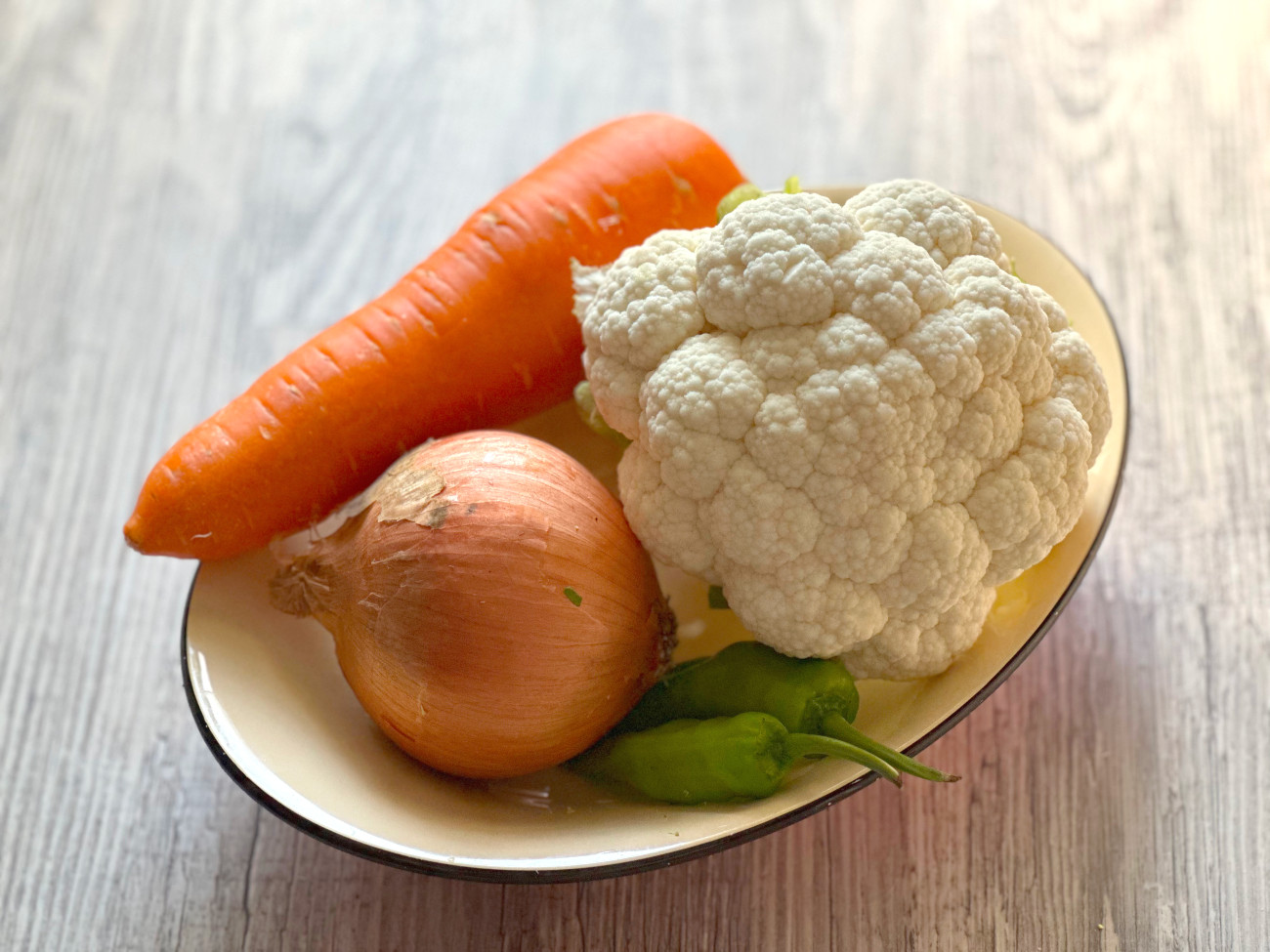
This version of escabeche is a jewel-toned menagerie of veggies — cauliflower, carrots, jalapeños, and onions. Once softened slightly with a gentle sauté, the vegetables unite with an array of herbaceous ingredients followed by a bath of water, vinegar, and a pinch of sugar. The addition of beets adds not only color, but injects a unique taste that puts any other pickles you’ve eaten to shame.
Here, Mexican vegetable escabeche is far different from its historical predecessors. The word escabeche was brought over to Spain in the 8th century by the Moors, who occupied Spain for well over 800 years. In Arabic, al-sikbaj is a vinegar stew of either lamb or fish. While the lamb version died out in Spain, the fish and (later on) vegetable versions thrived. In Catholic-influenced Spain (and eventually Mexico), meatless recipes were needed for holy days of fasting or for Lent. Today, you may not see a giant bowl of vegetable escabeche as a main course, but it’s a great side dish with a variety of proteins and partners up as a sort of palate cleanser for heavy dishes like stews and cheese-rich entrees.
The fluidity of what goes into making an escabeche varies, but here I tried to replicate this colorful version I encountered in Seattle. Making a pickled recipe may sound intimidating or time-consuming, but this recipe is far from those worries! I stuck with the vegetables from my experience — cauliflower, onions, carrots, and jalapeños.
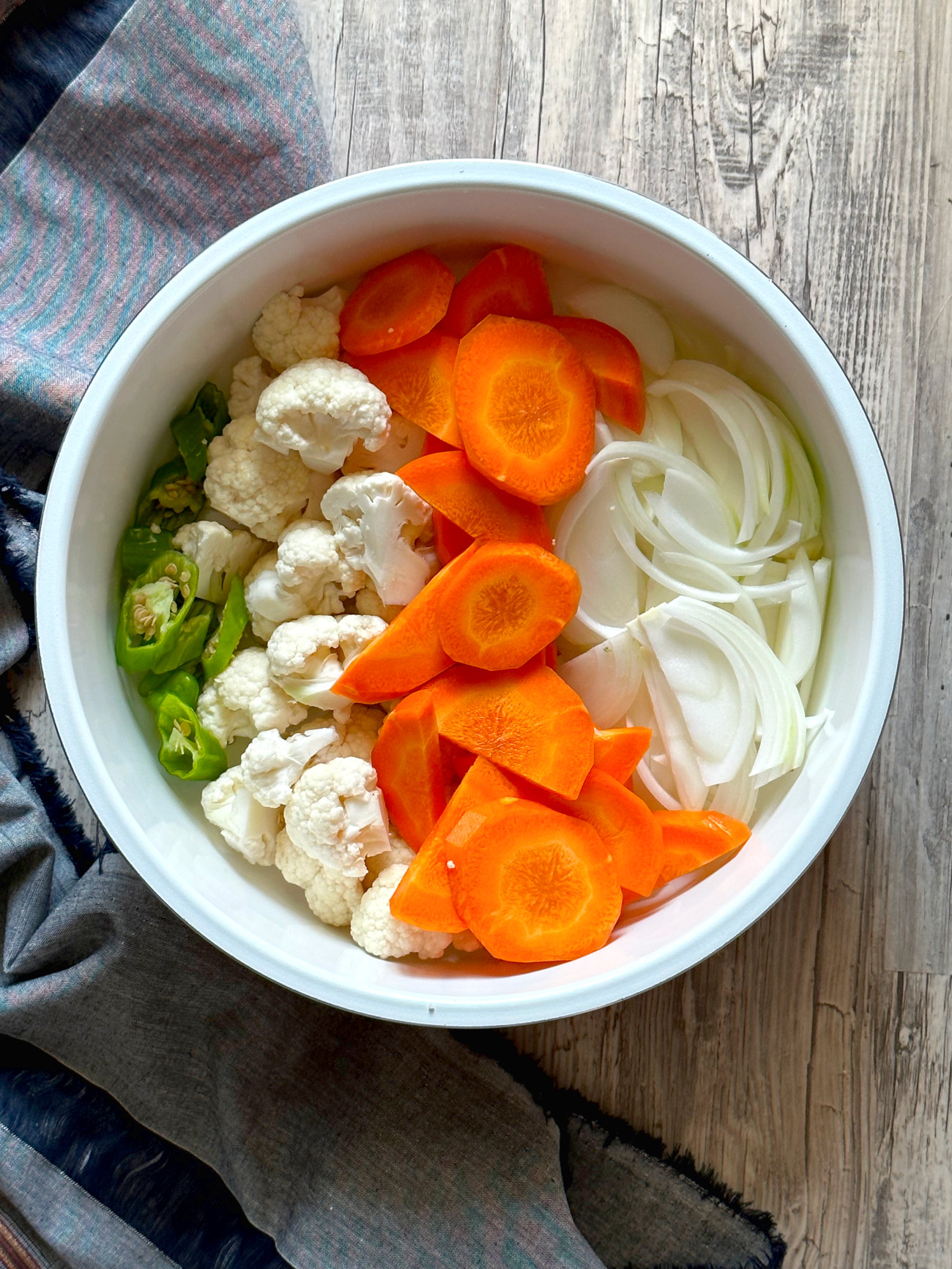
After cutting all of the vegetables up, put them into a medium sauce pot. Add the tiniest bit of olive oil and lightly sauté the vegetables. A lot of escabeche recipes don’t require this step but ingredients like cauliflower and onions are a bit hard to eat raw, so it’s best to break down their tough fibers with a bit of heat.

Once softened, go ahead and add the remaining ingredients. The liquid base of this pickle recipe is a mix of water and rice wine vinegar. If you don’t have rice wine vinegar you can easily substitute it with white wine vinegar as well.
Dry ingredients like bay leaf, thyme, marjoram, and oregano are powerful flavors that create a deep earthy savoriness to the brine. A hefty pinch of salt and sugar rounds everything out, creating a Goldilocks of taste!
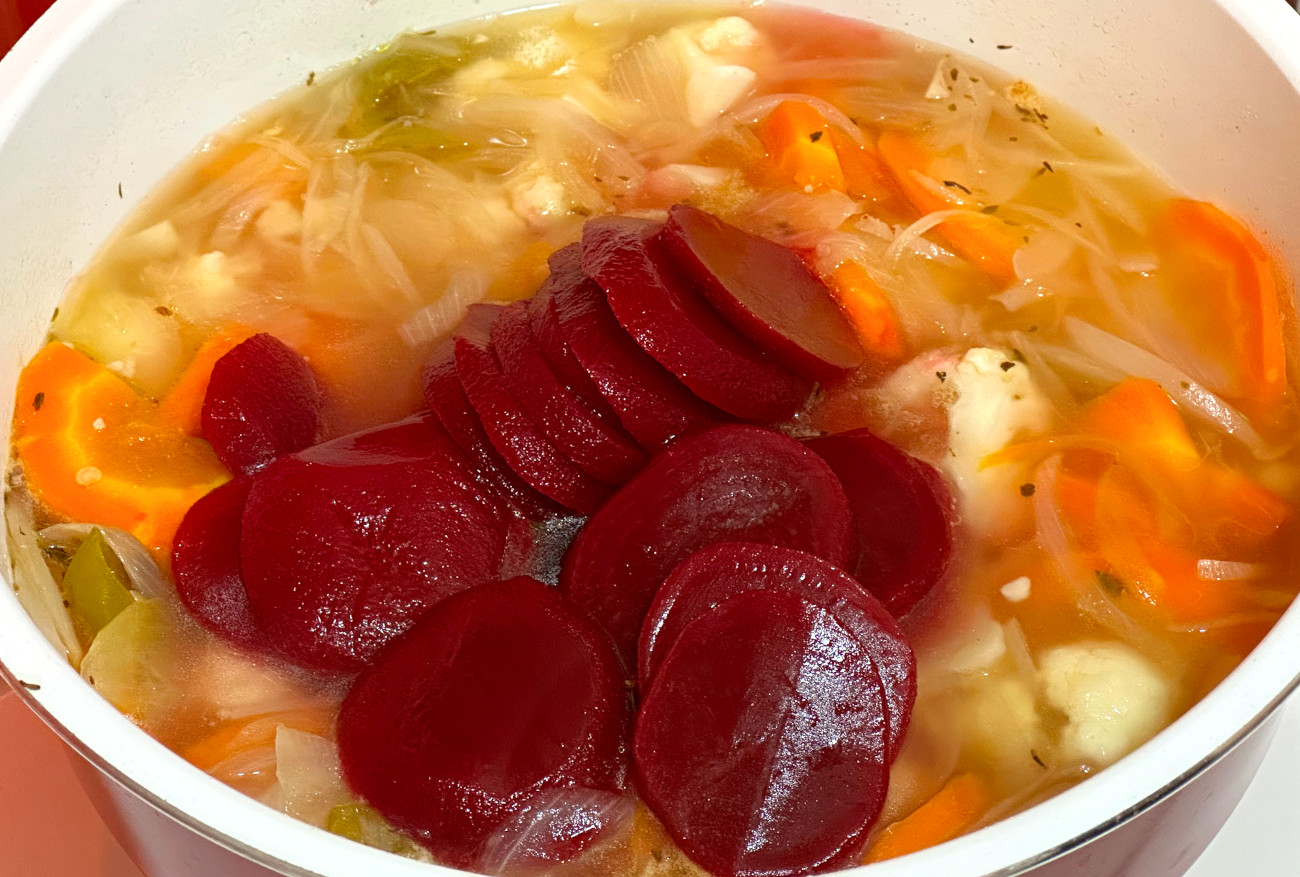
When it comes to a rolling boil, turn off the heat and add in a can of strained beets. As the beets mix into the escabeche, the color and flavor will seep out into the brine and tint everything with a lovely rosy tone.
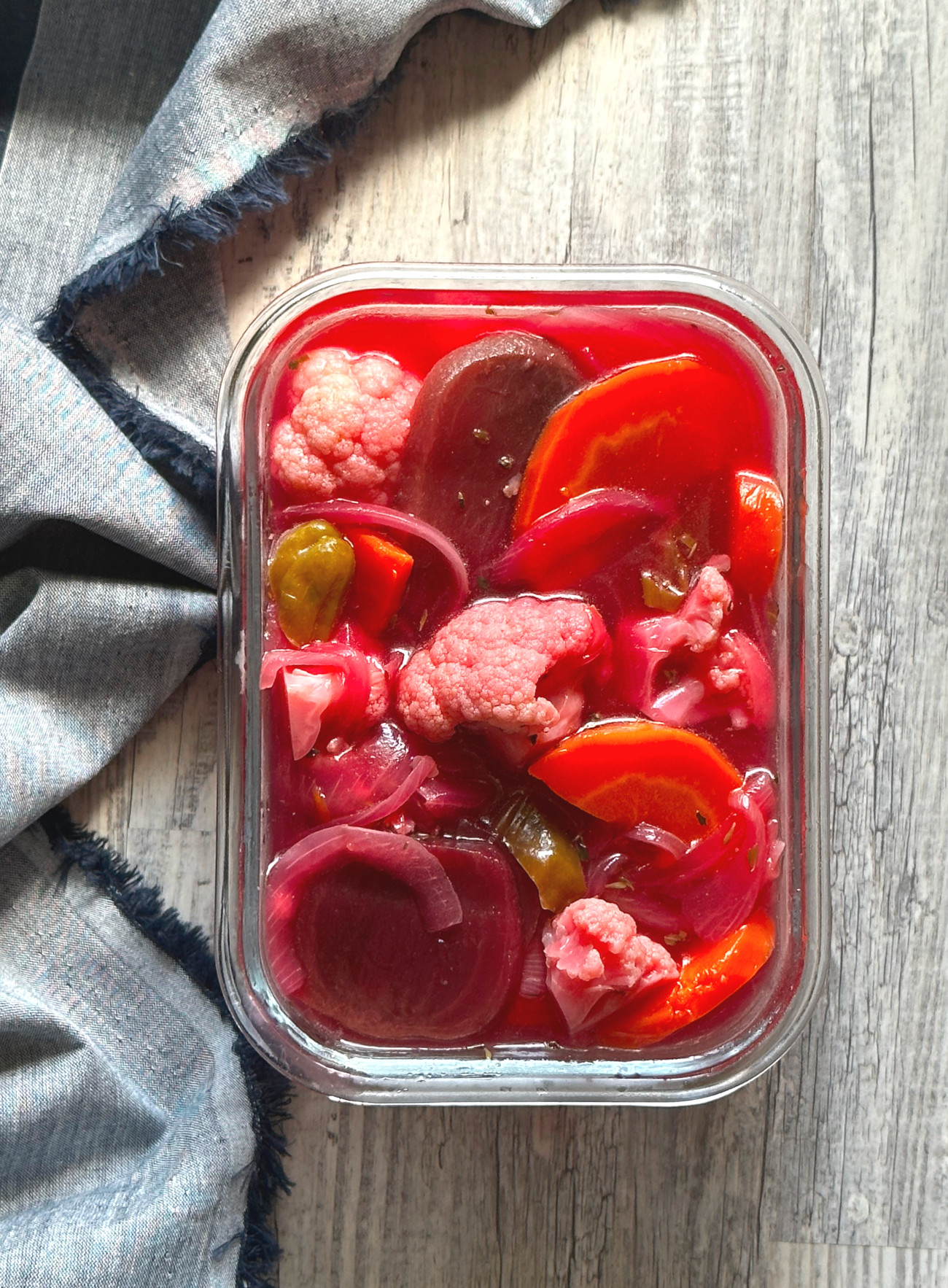
You’ll want the escabeche cool completely to room temperature before portioning it out into glass containers or Mason jars. Seal the lids firmly on and put them in the fridge. As tempting as it is, you have to wait at least three days before eating the escabeche.
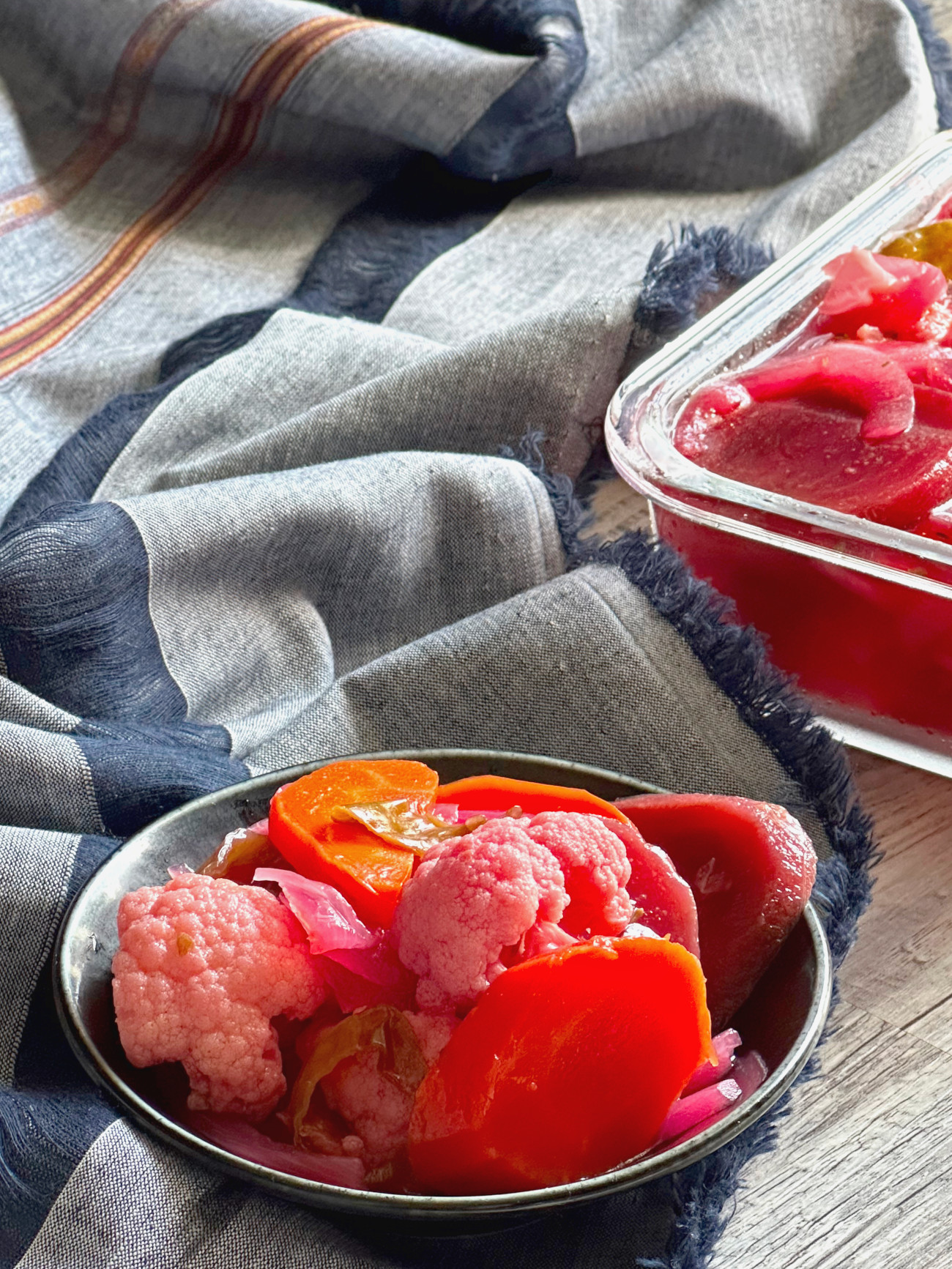
Vegetables in this escabeche are a cool, crispy bite, brimming with complex and intriguing flavors.
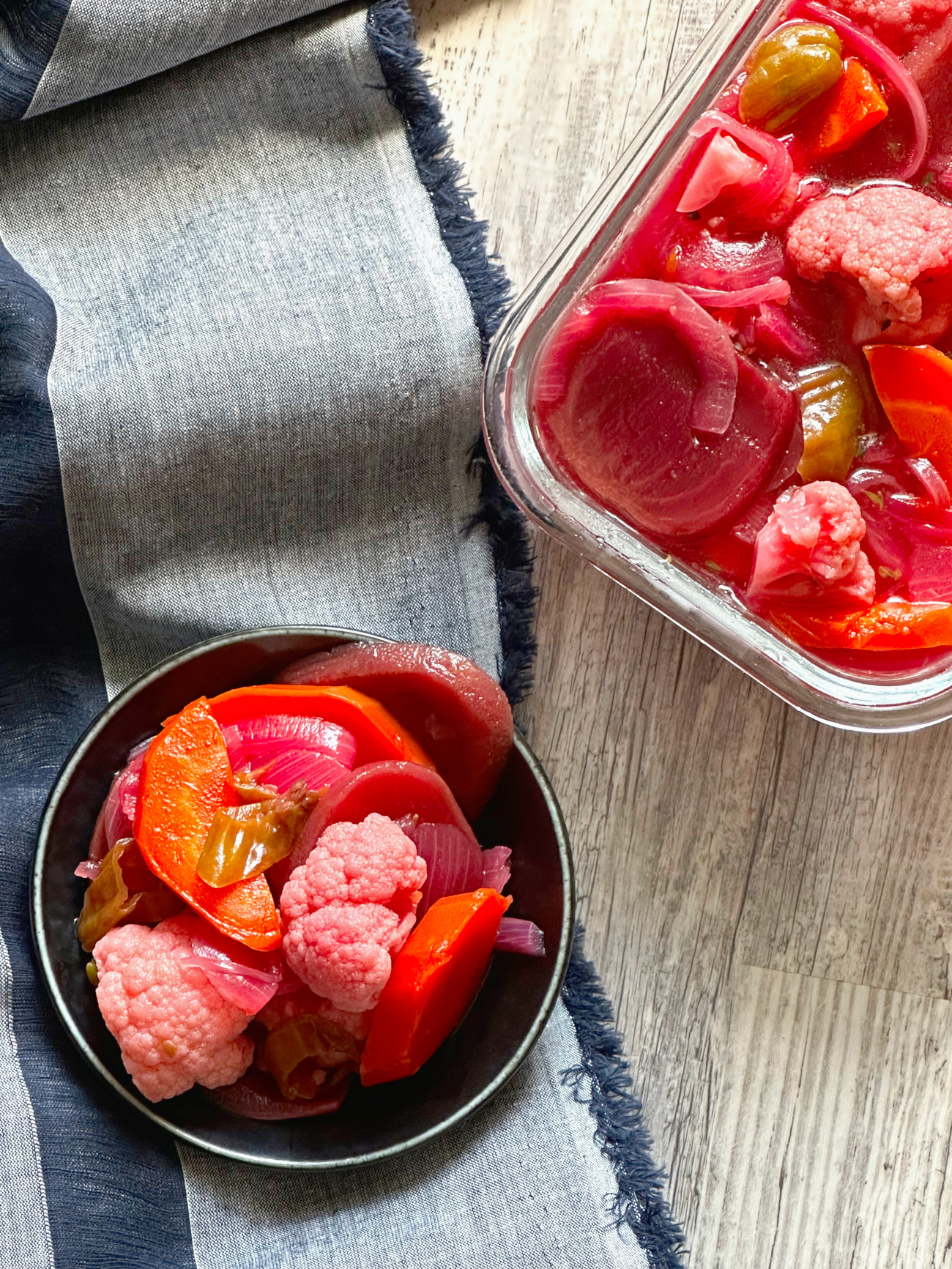
The savory herbs counter the natural sweetness of the carrots, onions, and beets. Cauliflower’s neutral flavor and crunch acts as a reprieve against the zippy spice of the sliced jalapeños. Even though it’s more or less a garnish, you’ll find yourself sneaking a bite of it here and there.
Escabeche (Spicy Pickled Vegetables)
Yield(s): Makes 5 cups
20m prep time
15m cook time
72h inactive
Ingredients
- 8 ounces canned beets
- 1 tablespoon olive oil
- 2 jalapeños or serrano chilis, thinly sliced
- 2 medium (or one large) carrots, peeled and cut into 1/4-inch slices
- 1 small cauliflower, broken into small florets
- 1 small white or red onion, thinly sliced
- 1 tablespoon salt
- 2 1/2 cups water
- 1 cup rice or white wine vinegar
- 1 tablespoon sugar
- 2 bay leaves
- 1/2 teaspoon dried oregano
- 1/2 teaspoon dried marjoram
- 1/2 teaspoon dried thyme
Preparation
- Strain beets and set aside in a small bowl.
- In a large saucepan, heat olive oil and add in chilis, carrots, cauliflower, onion, and salt.
- Stir to combine and sweat the vegetables on low heat, about 10 minutes. Keep the heat low, you don’t want to brown the vegetables, only soften them.
- Add water, vinegar, sugar, and herbs, and bring to a boil.
- Once rapidly boiling, remove from the heat and cover the pot, letting it cool at room temperature completely.
- When cooled, divide the mixture evenly between glass storage containers, making sure that the bay leaves don’t go into the same container.
- Seal tightly and refrigerate for a minimum of 3 days. It will last 6 to 7 months in the refrigerator.
Recipe adapted from The Gentle Chef.
